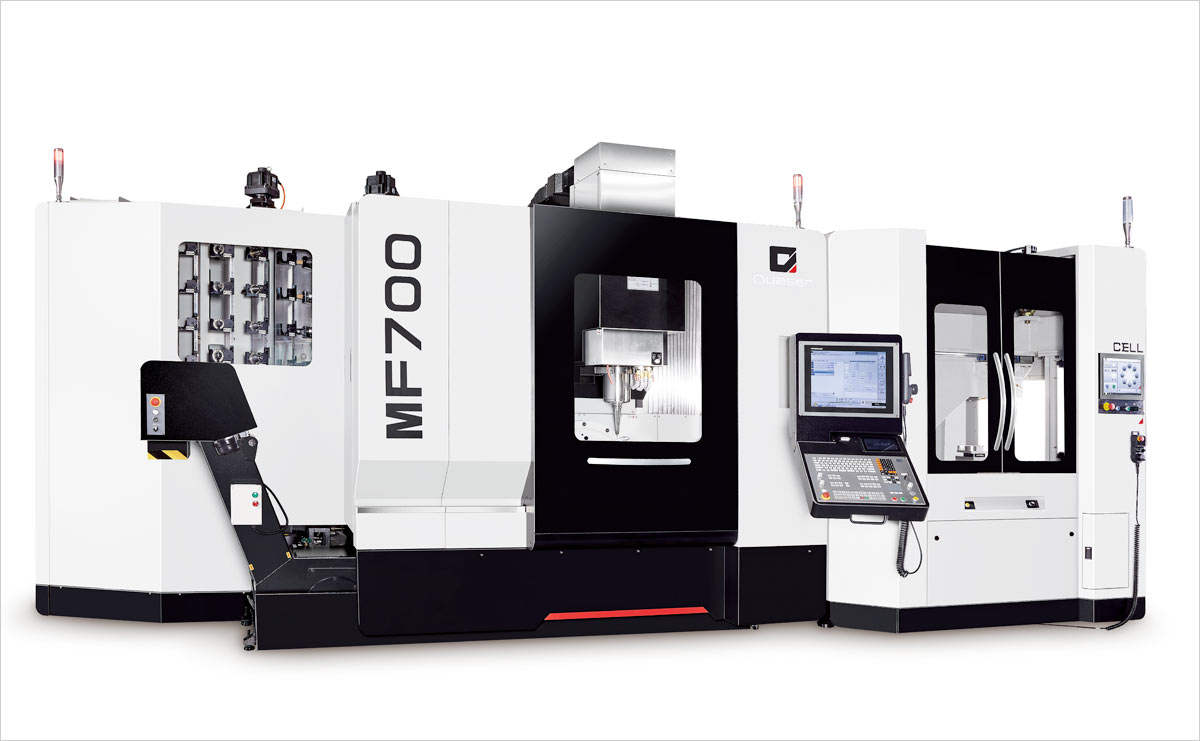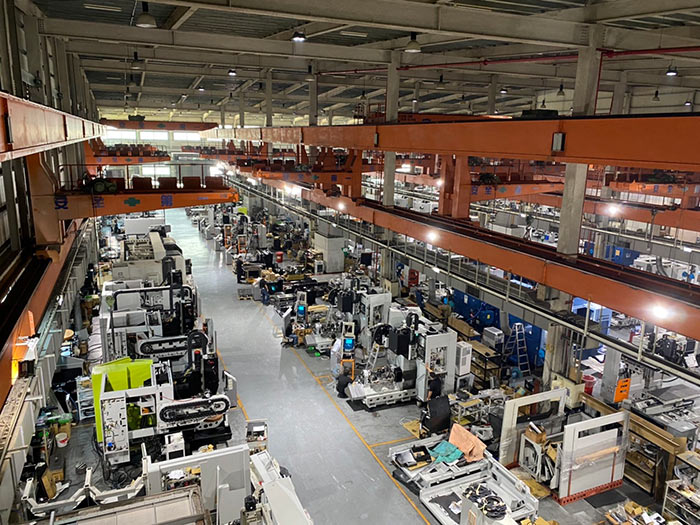

Faced with the recent global manufacturing supply chain restructuring and the demand for digital carbon reduction transformation, upstream Taiwanese machine tool manufacturers are also seeking transformation opportunities. Quaser is not only actively investing in the development of industries such as aerospace, semiconductors, medical materials, and energy, but also utilizes its self-developed Mr.Q controller interface and five-axis machine tool rotary table system to help customers in Europe, the United States, and Southeast Asia improve efficiency and accelerate the realization of the net-zero carbon emission vision.

In addition to having stable order sources for aerospace manufacturing components from Europe and Rolls-Royce in the UK, Quaser has further launched the EDM series of high-speed five-axis electrical discharge drilling machines and the ABLATE series of high-speed five-axis laser ablation machines since its acquisition of its UK subsidiary Winbro in 2019. These are mainly used for processing cooling holes in engine blades for the aerospace industry and hot-forged components for gas turbines in the energy industry.
Currently, Quaser's self-developed latest technology applications and optimal smart solutions have begun to generate profits. Equipment and applications suitable for the aerospace, energy, semiconductor, and medical materials industries all have characteristics such as high barriers to entry, high development potential, and high added value, thereby accelerating the global supply chain restructuring layout. It has now successfully entered the supply chain of a leading US semiconductor equipment manufacturer and can be used for drilling high-end, customized gas diffusion plates (GDP).
Mr. Startin Hsieh, General Manager of Quaser, stated that unlike traditional "smart manufacturing," which includes technologies such as IoT and Industry 4.0, and utilizes sensors and AI models to diagnose machine health, wear rates, and yield, which are already quite mature technologies, Mr.Q is based on the increasingly severe labor shortage in today's manufacturing industry. By using AI to record domain knowledge of different scenarios, it supports multi-language Q&A solutions to obtain real-time machine information, realize machine warm-up procedures before work, automatically generate programs required before production, and also allows users to use question-and-answer prompts to query machine operating status and parameter settings, presented in real time on the screen. This improves issues such as incomplete adjustments required before production, unnecessary machine downtime during processing, and difficulty in finding the causes of failures.
In the future, in addition to focusing on the UK and European markets, concentrating on new energy, automation, and the aerospace industry, Winbro in the US will mainly produce equipment for the medical and semiconductor industries; and the Taiwan market will mainly supply the semiconductor, new energy, and electric vehicle industries. For the Southeast Asian market layout, Quaser also recommends its self-developed successful five-axis machining center MF700 and the optional Cell intelligent multi-pallet system, combining intelligent management concepts to achieve smart manufacturing.
The biggest feature of the MF700 Cell is its ability to operate unmanned ("lights-out manufacturing"). The mechanical action design is based on the principle of saving time. Through optimized structural size design, the standard length and width of the pallet storage are both less than 2.1m, occupying a small footprint; the horizontal axis speed reaches 30m/min, and the load reaches over 200KG; no additional containers are needed for up to 60 tools, making the machine more versatile and saving factory layout space.
The five-axis machining mode switching and process adjustments are simple and fast. Complete processing is achieved with a single workpiece clamping, which improves workpiece accuracy and shortens processing time through intelligent production, reducing carbon emissions and labor shortages. Furthermore, upgrading from single-machine operation to handling eight workpieces transforms it into diverse processed products, also saving work conversion time, suitable for small-volume, high-variety precision machining in various industries such as aerospace, automotive, mold making, and medical.
Combined with Quaser's UX500 machining center carbon emission calculation system, which is based on green manufacturing, precision design creates process steps that reduce carbon emissions. Paired with the carbon emission calculation system, it can automatically calculate carbon footprint quantitative values within the process, enhancing product added value, embodying the sustainable development goals of smart empowerment, green sustainability, and net-zero carbon emissions, helping Quaser advance into the green machine tool chain.
